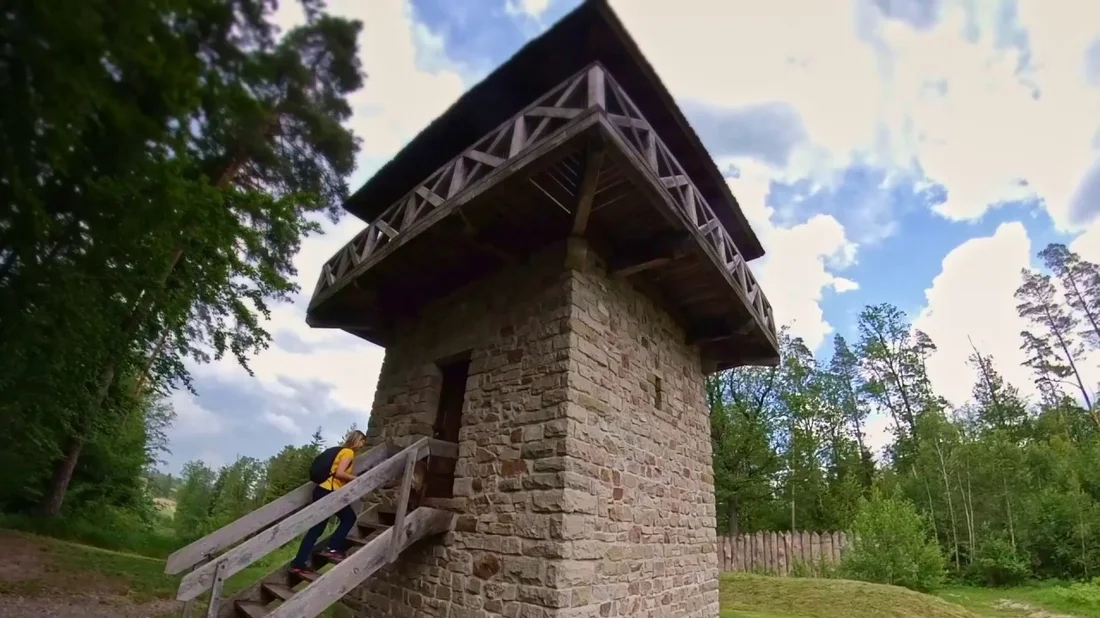The Limes, a UNESCO World Heritage Site in the Altmühltal Nature Park
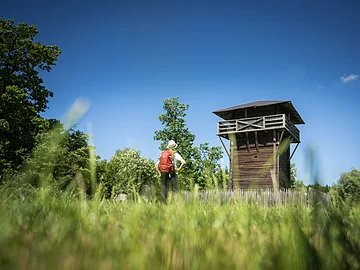
The Altmühltal Nature Park is crossed by the upper Germanic-Rhaetian Limes, the ancient border line between the Roman Empire and the barbarian Germanic world that has been declared a UNESCO World Heritage Site.
In the Altmühltal Nature Park you can gain insight into the Roman transalpine civilization by visiting the remains of impressive encampments (castra), unearthed baths, rebuilt watch towers, treasures with rare finds and interactive museums.
Around 15 B.C. the Romans began expanding north of the Alps and established the province of Raethia on the newly conquered territories. Its capital was Augusta Vindelicum, today’s Augsburg. At the end of the 1st century (under emperor Domitian) the Romans pushed ahead in the region. As they needed to protect themselves against Germanic attacks, they began building separate watch towers along the border line (Limes), and later fortified it entirely. The rectilinear “route” of this wall (initially made of wood and then of stone) still can be detected in many places. Today the Limes is one of the largest archaeological monuments in the world.
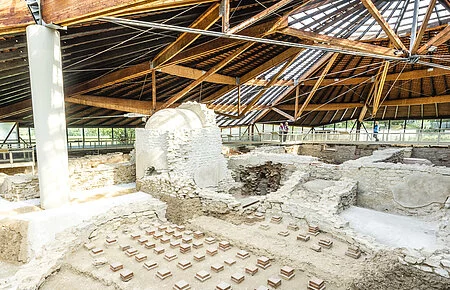
Weißenburg i. Bay.
Roman Baths in Weißenburg
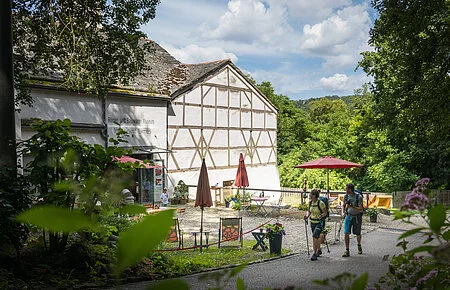
Kipfenberg
Roman and Bajwar Museum "Römer und Bajuwaren Museum"

Weißenburg i. Bay.
Bavarian Limes Information Centre
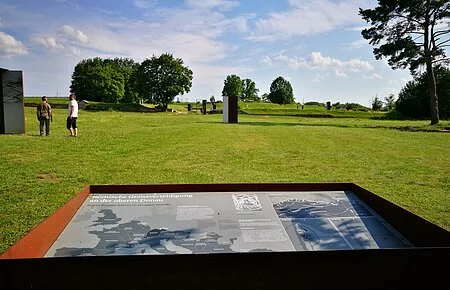
Neustadt a.d. Donau
Castell Abusina (Eining)
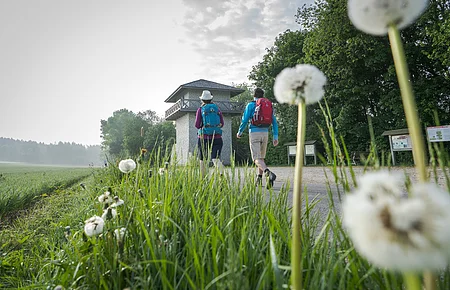
Titting
Limes Tower near Erkertshofen
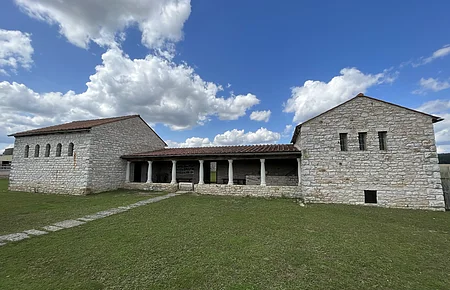
Adelschlag
Roman Farm "villa rustica" in Möckenlohe
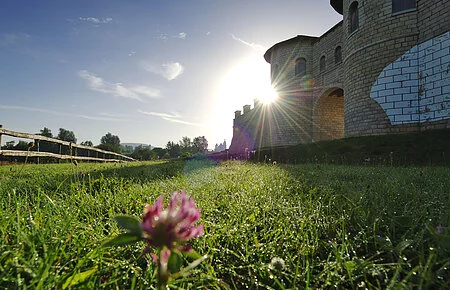
Weißenburg i. Bay.
Castell Biriciana
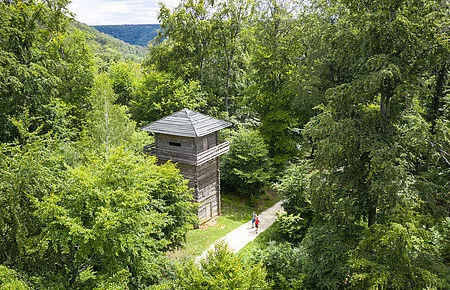
Kipfenberg
Rebuilt Limes Watchtower

Weißenburg i. Bay.
Roman Museum "RömerMuseum"
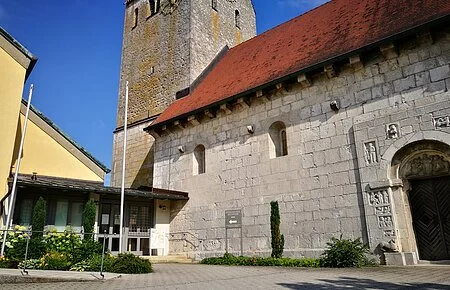
Bad Gögging
Archaeological Museum on Roman Spa Culture
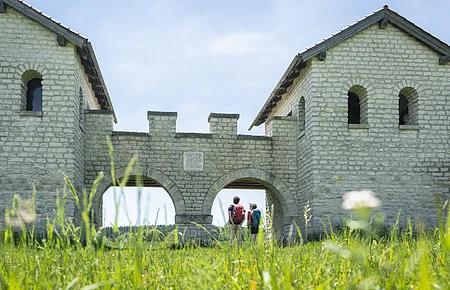
Eichstätt
Castell Vetoniana (Pfünz)
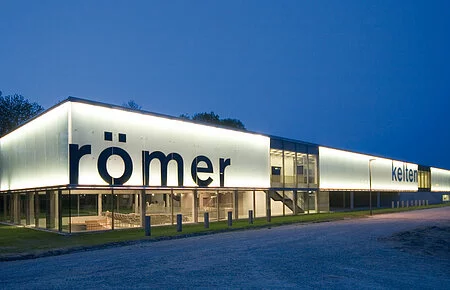
Manching
Celtic and Roman Museum "kelten römer museum manching"
The German Limes Road
At its foundation in 1995 the aim of the German Limes Road association was to create a touristic route for motorists. Meanwhile more than 90 towns and boroughs are members of the association chaired by the Lord Mayor of Aalen as well as numerous districts and tourism alliances. It manages not only the German Limes Road but also the later on created German Limes Cycle Path.
More about the Limesstraße
The German Limes Road (02:51)